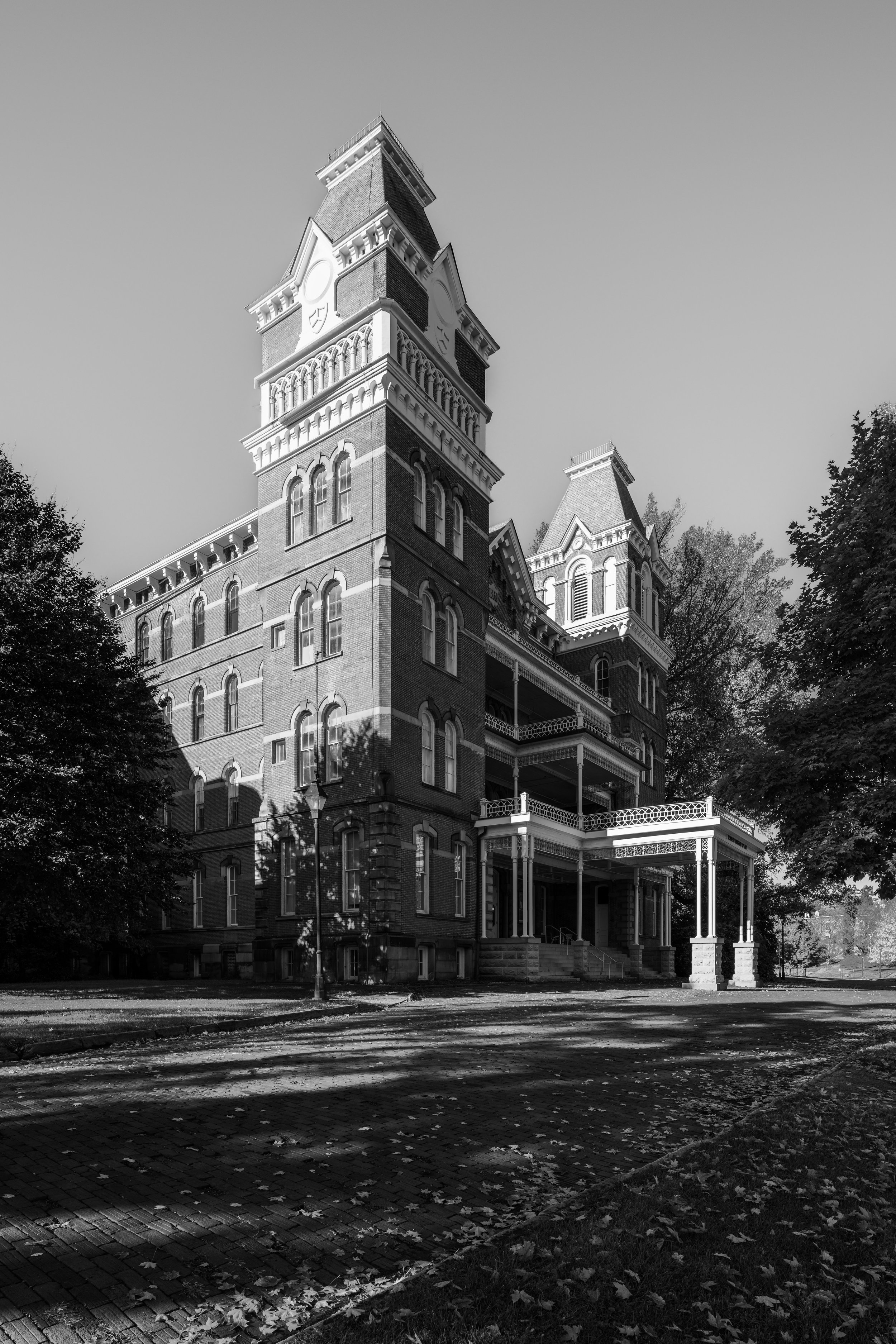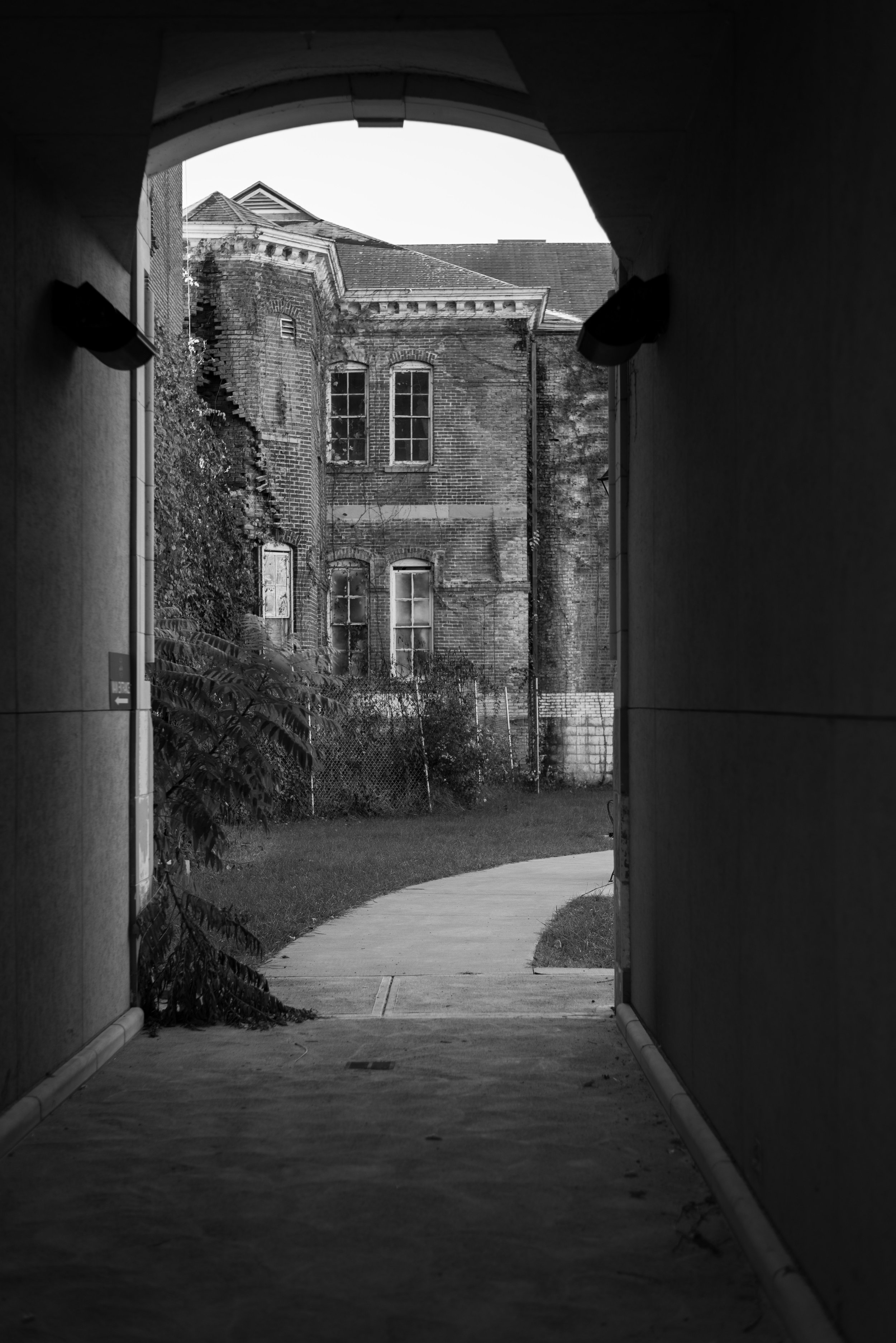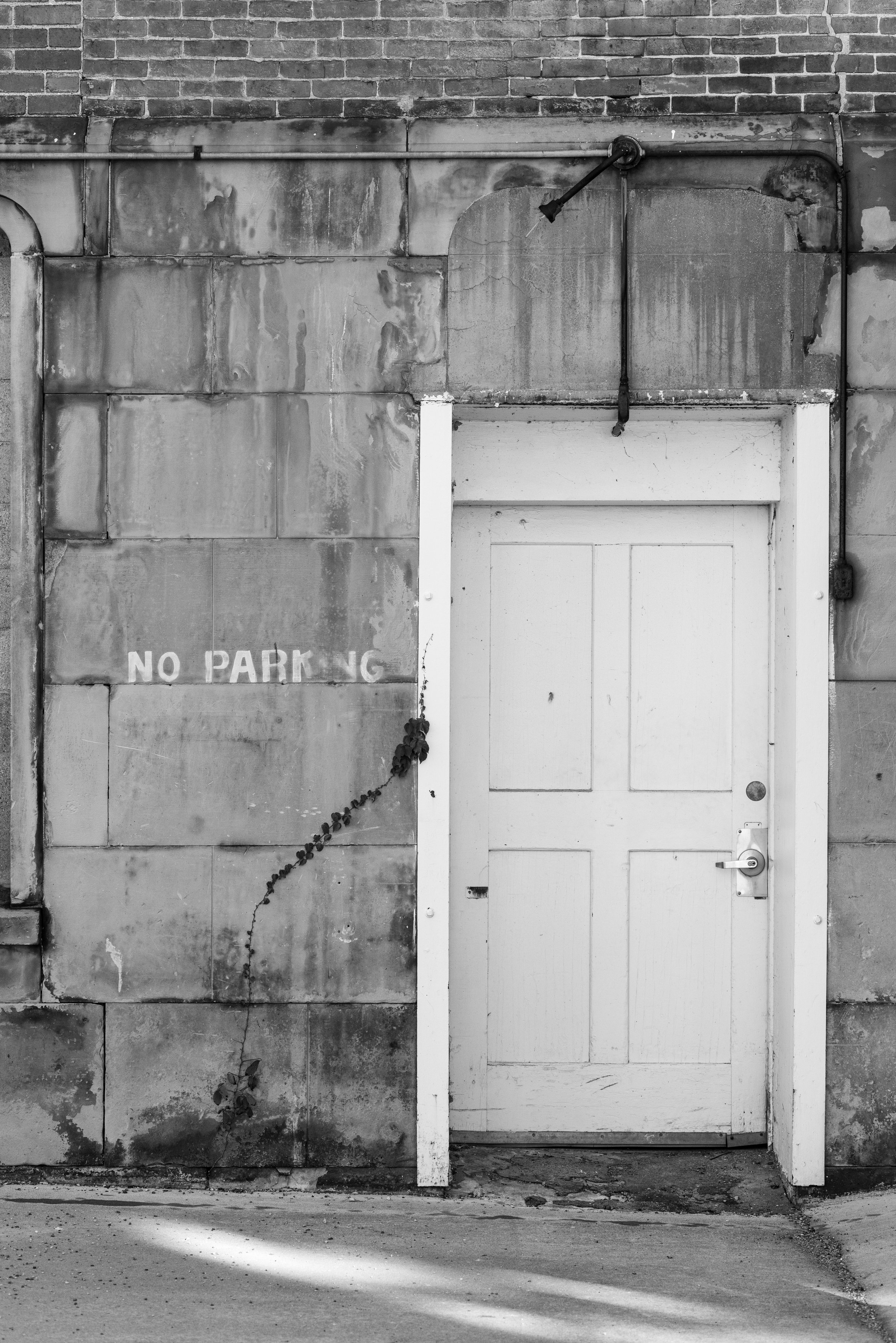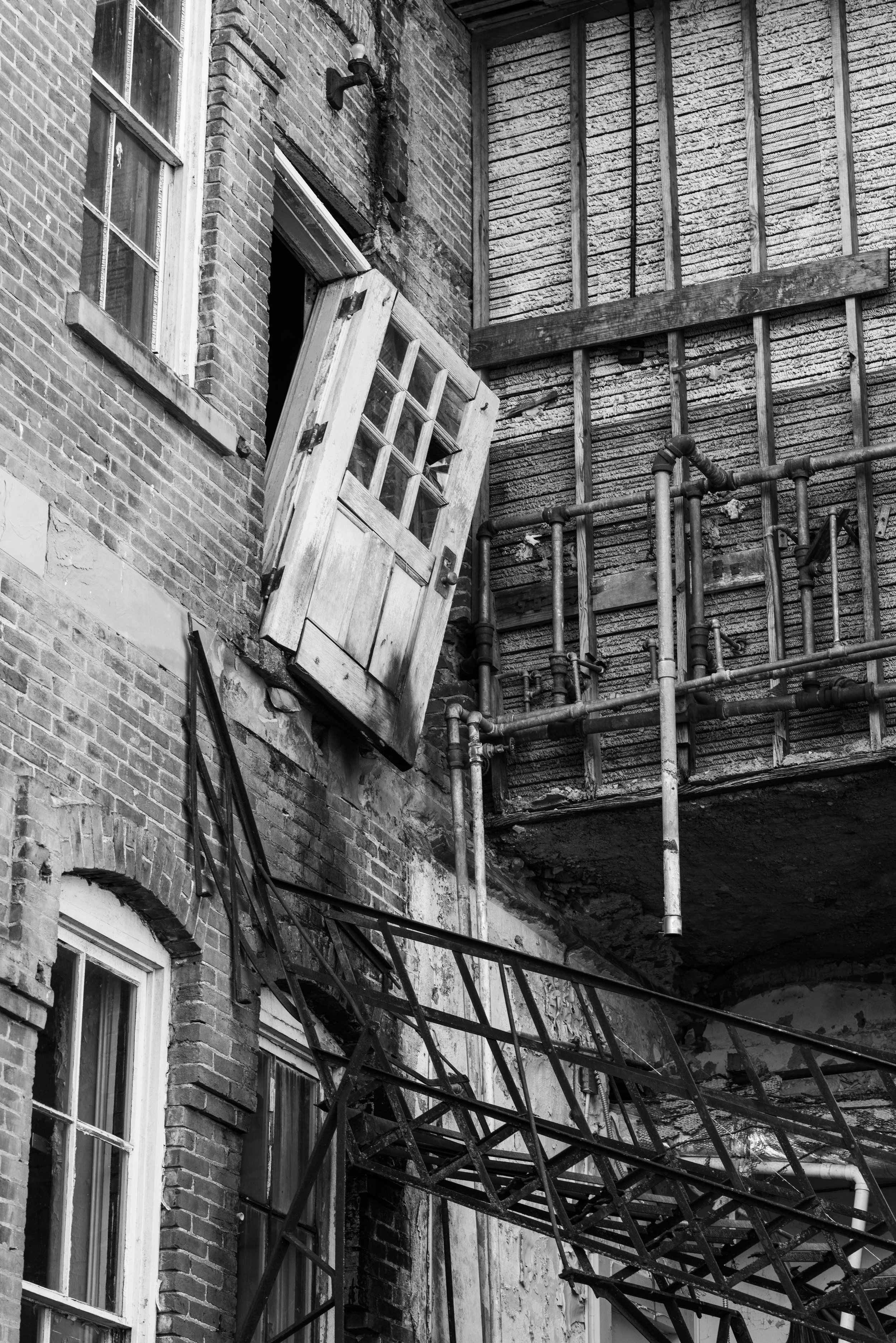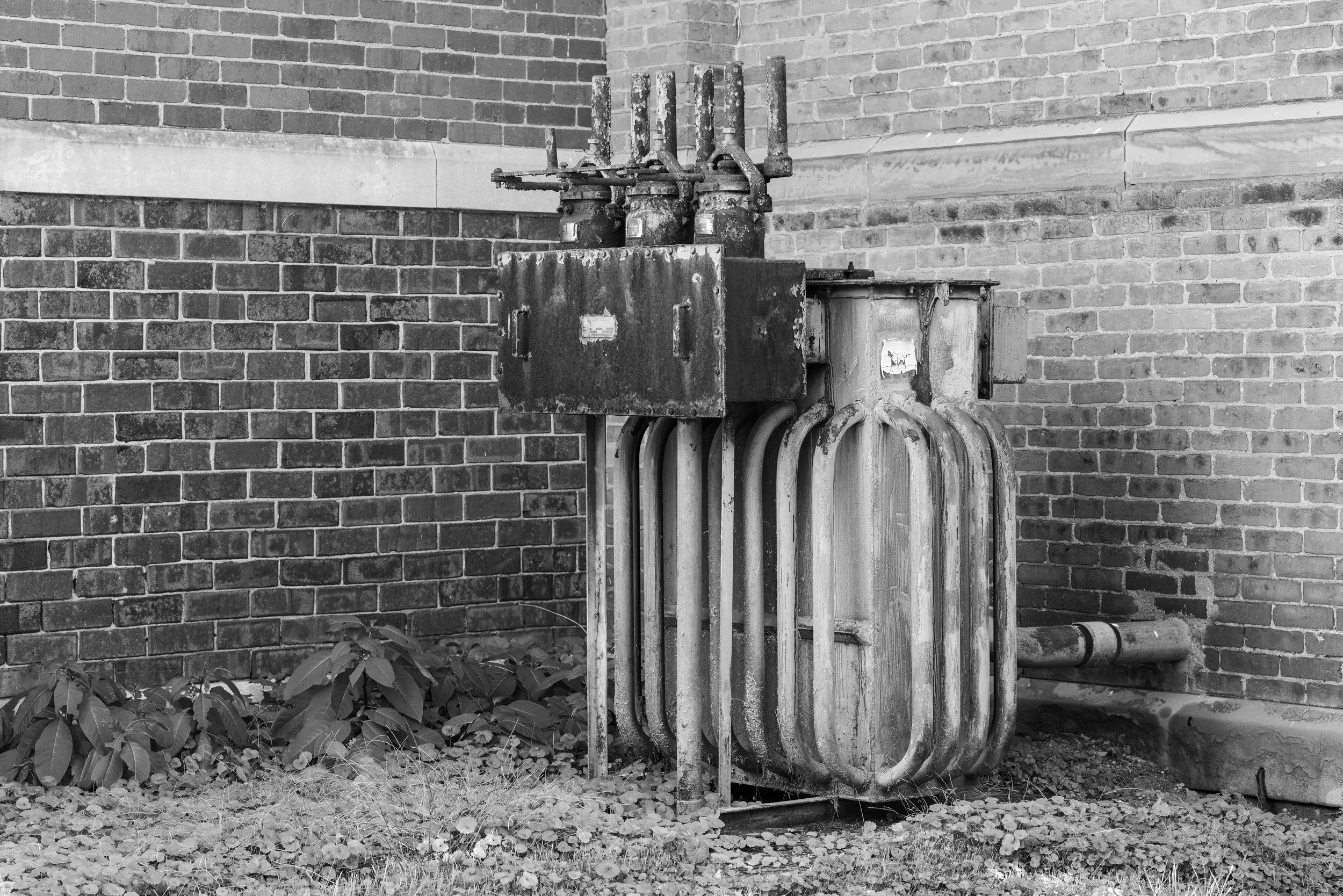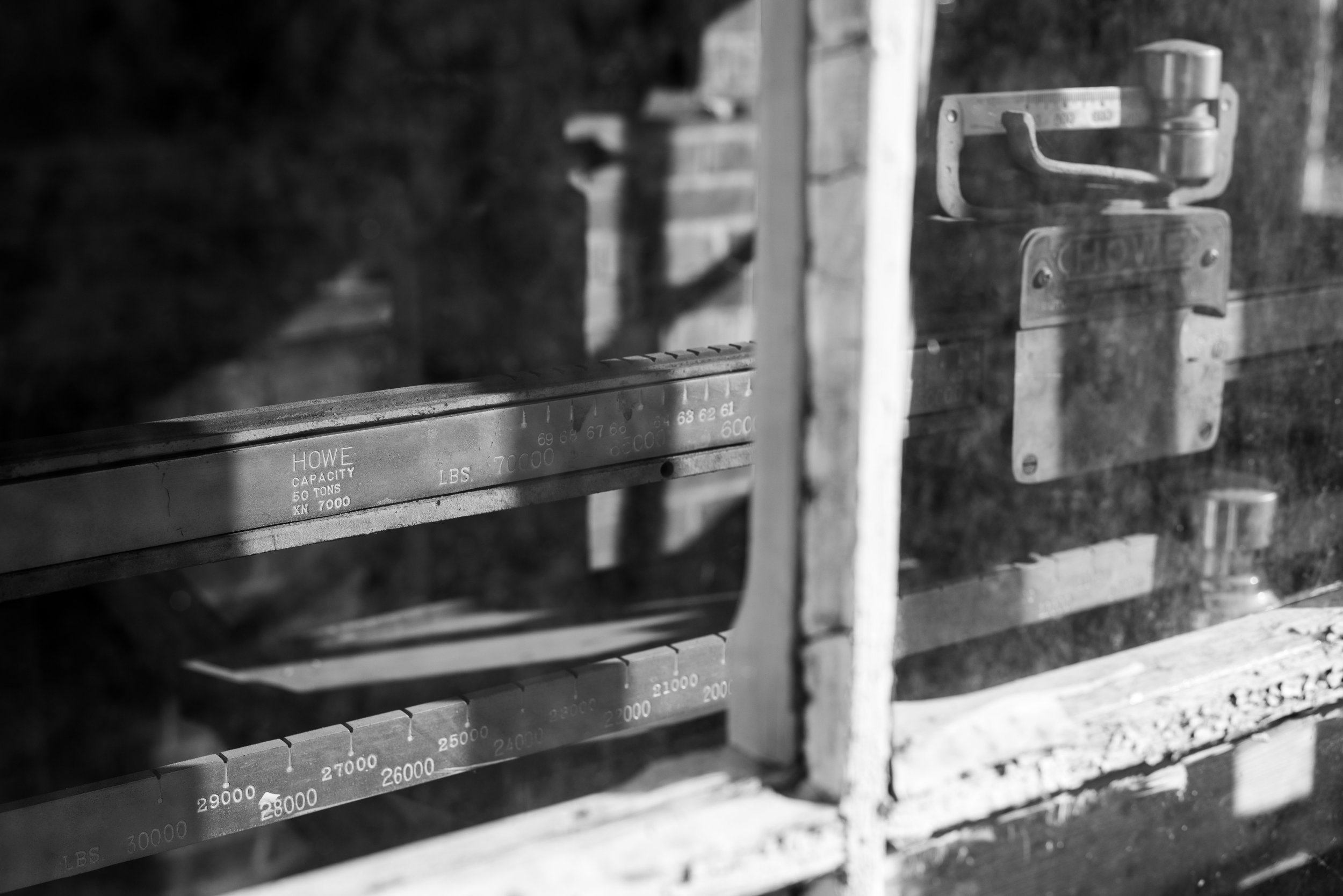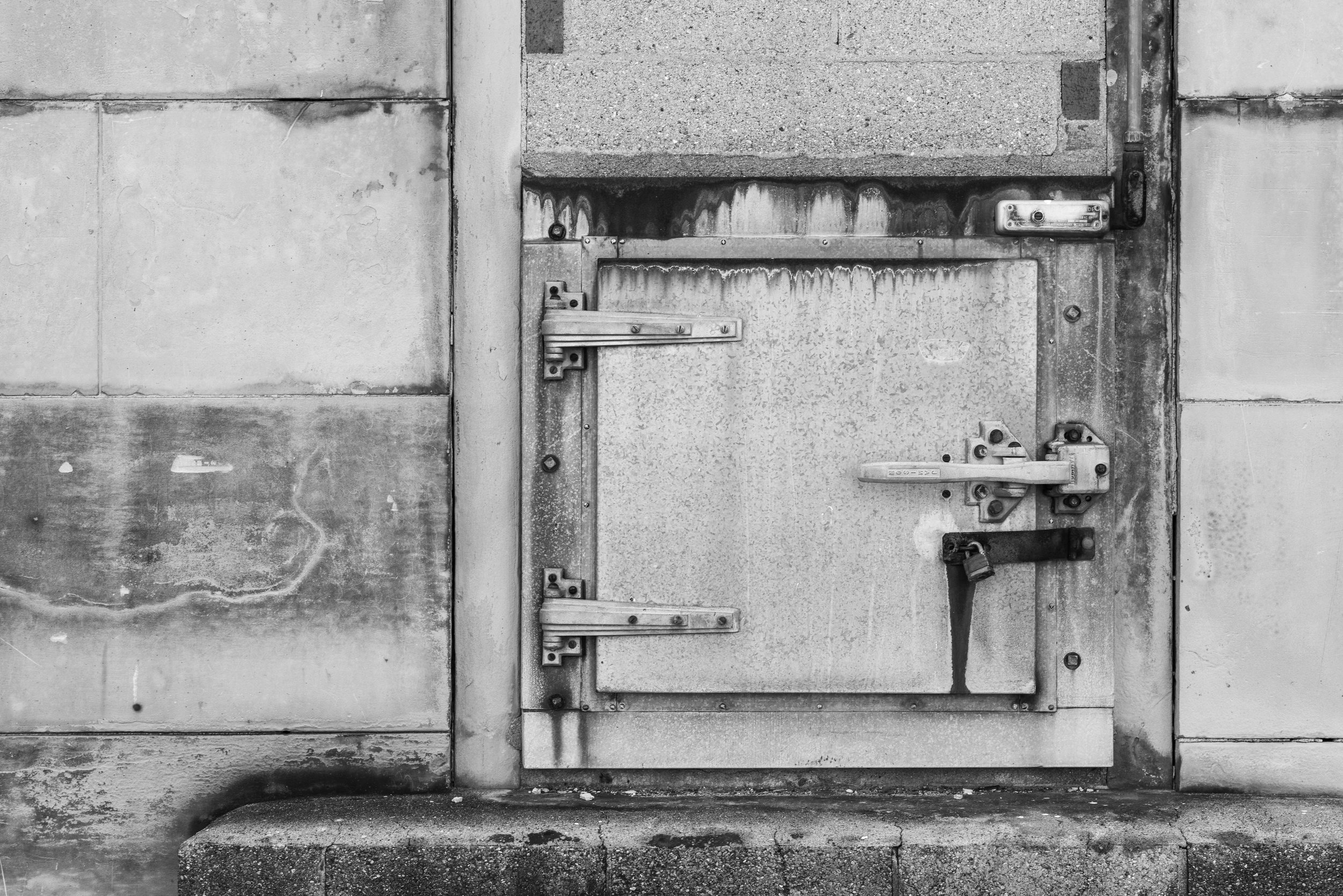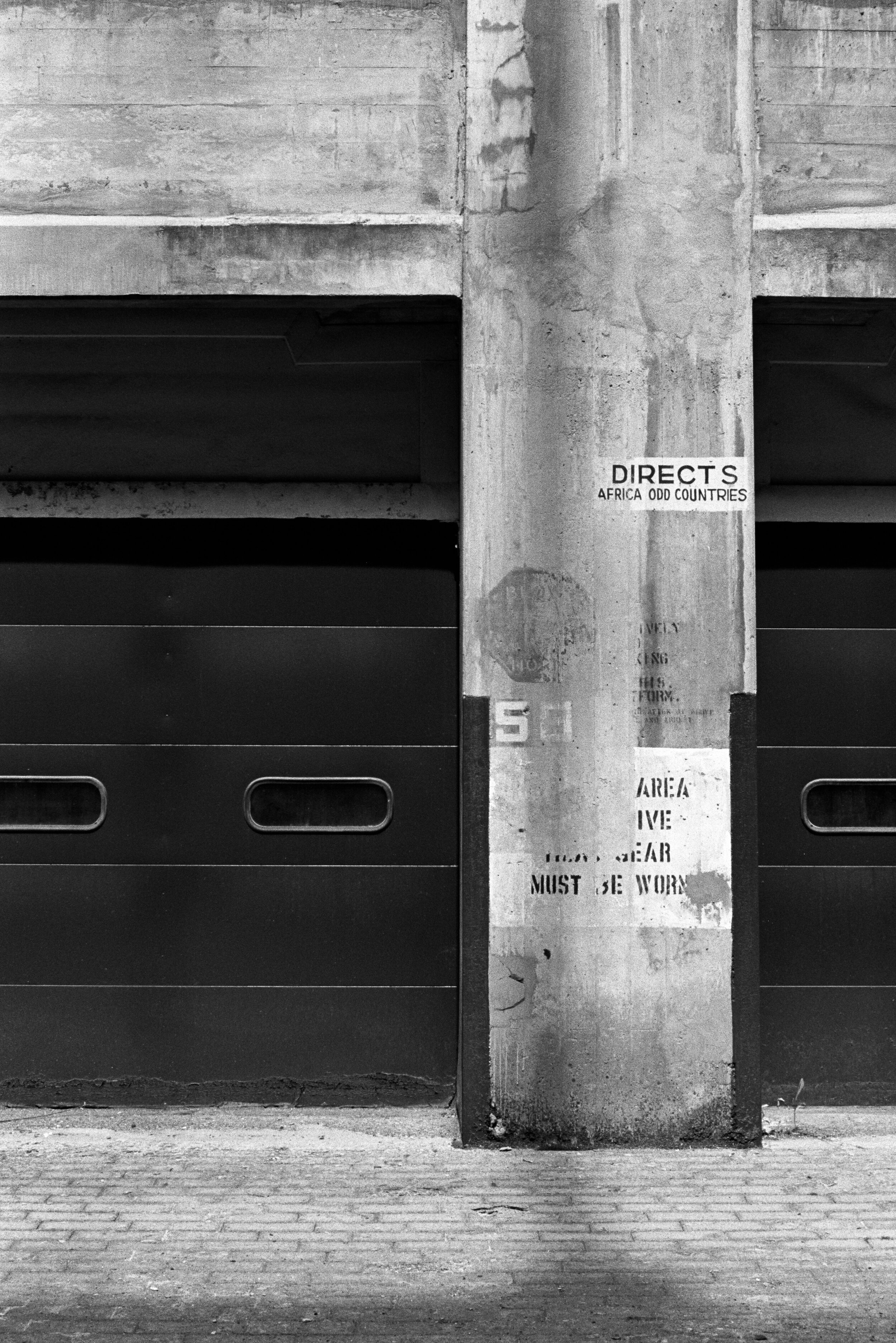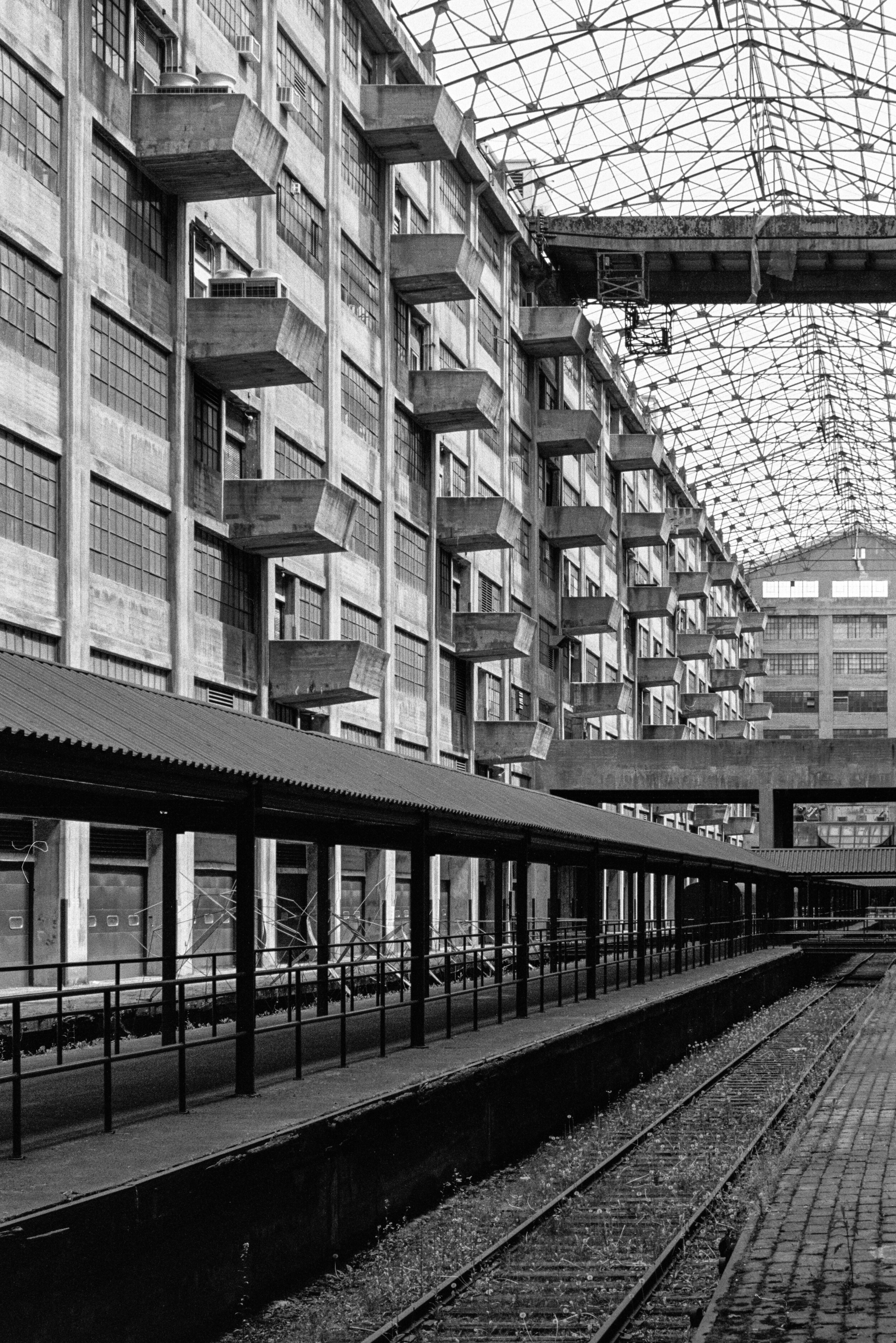The 1939 and 1964 Worlds Fair found a home in Flushing Meadows-Corona Park, situated a short subway ride away from Manhattan on what was then the IRT Flushing line. The park was built atop reclaimed land, similar to what would be done years later in the construction of Freshkills Park on Staten Island. Starting in 1907, coal ash and other street debris from Brooklyn were delivered via rail to the Corona Dump. This material was used to fill in the pre-existing salt marsh that was a haven for mosquitoes during the summer months. While the original plans for the site were to convert the reclaimed land into another Long Island City-esque port, the scarcity of materials brought on by the demands of WWI put those plans on hold. The Parks Department stepped in when the Brooklyn Ash Removal Company’s contract expired in 1933, and the site was selected in 1935 to host the 1939 Worlds Fair.
Flushing Meadows-Corona Park is still one of the largest parks by land area in the New York City Parks system, taking the 4th spot behind Pelham Bay, Green Belt, and Van Cortlandt Park. Worlds Fairs were temporary in nature, and the construction methods used for the various structures that sprung from the ash in 1939 and 1964 largely reflected this. The Trylon and Perisphere, centerpieces of the 1939 Worlds Fair, were built of plaster board. Only two buildings survived the 1939 Worlds Fair - the New York City pavilion (now the Queens Museum), and the Belgium exhibition building (moved by Virginia Union University to Richmond, Virginia). The New York City pavilion was repurposed for the 1969 Worlds Fair and sits behind the Unisphere, the large steel centerpiece that replaced the Perisphere of 1939.
I found myself in a Long Island City hotel back in October with my shiny new Sony RX100VA, wondering what I could shoot before paying a visit to the Museum of the Moving Image in Astoria. I’d always planned visit to Flushing Meadows-Corona Park, but it was just so out of the way that I couldn’t justify the trip. Beyond a few obvious landmarks in the park, you have to look closely to find remnants of the Worlds Fairs that were the impetus behind its construction. The New York State pavilion, with it’s towering observation decks overshadowing the pavilion below, still stands where it did in 1964. The brightly colored roof panels that made up the canopy shielding the “Tent of Tomorrow” are long gone, but the entire structure has received a fresh coat of paint within the past few years. The New York City pavilion, bearing a cornerstone dating it to 1939, is now the Queens Museum. The museum also operates the Theaterama, a third component of the New York State pavilion.
I can only imagine how spectacular it must’ve been to see either of these fairs in action, before the proverbial death of the American industrial giants who sponsored it like RCA, Kodak, General Motors, Bell Systems, Westinghouse, and others. While I doubt we’ll ever see another Worlds Fair or similar exhibition of this scale in the United States, I hope that maybe one day Flushing Meadows-Corona Park will once again have the chance to show us a sparkling view of the future as it did in 1939 and 1964.





